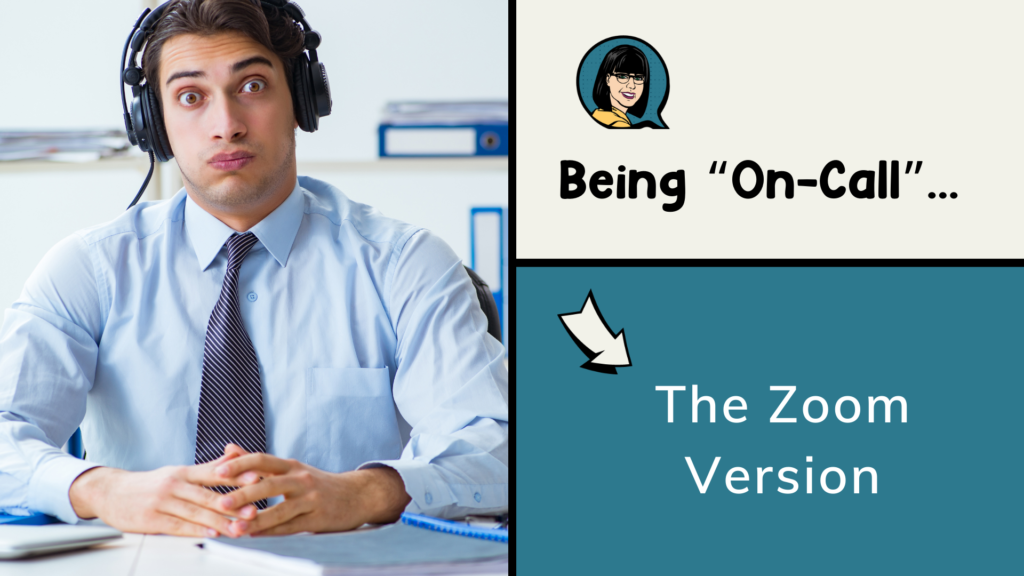When thrust into a sea of faces (how did the Brady Bunch make it look so fun?!), we often feel like we always have to be “on”. In the real world, we are able to deflect attention (hello, looking at our phones, staring at the flipchart or whiteboard, and jotting notes and doodling) during a meeting and very rarely have all eyes on us all of the time. During an online call, however, it often feels like eyes are on us full time!
According to Jeremy Bailenson, founding director of the Virtual Human Interaction Lab at Stanford University:


